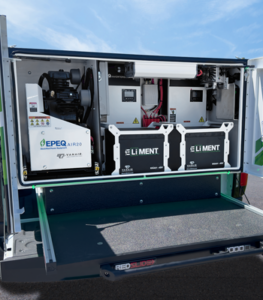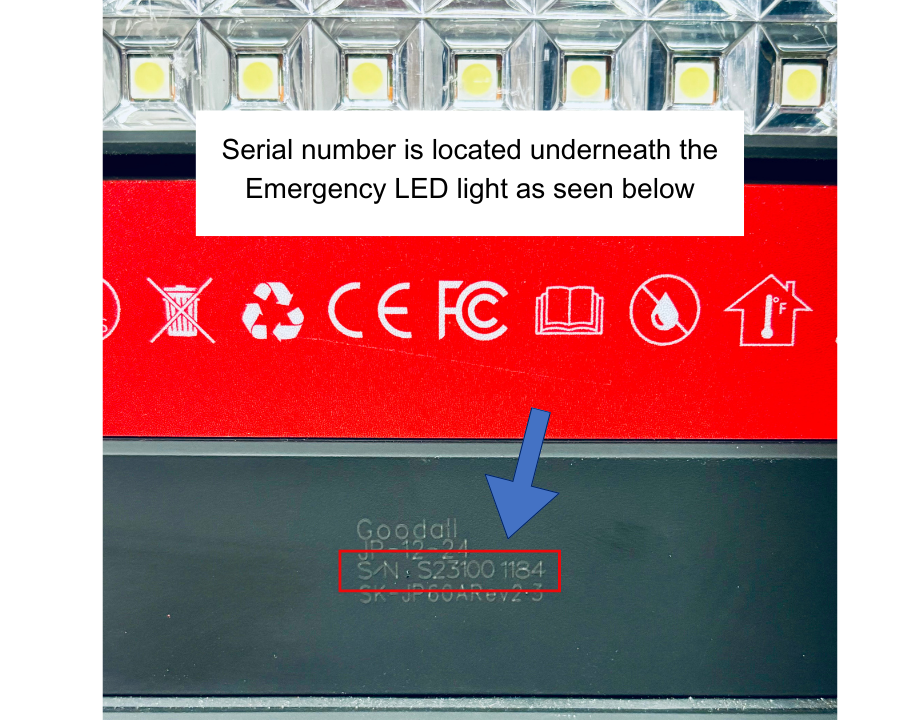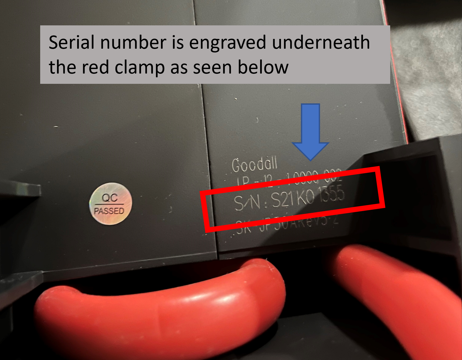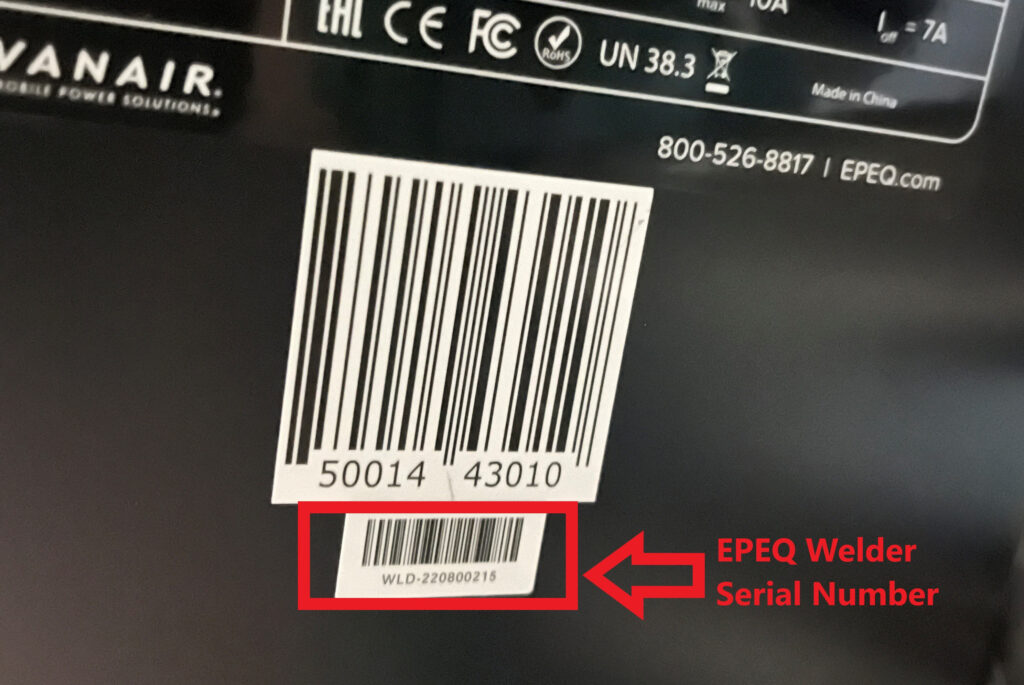When beginning the process to specify an air compressor for a vehicle and mobile application, it’s best to begin with a review of the application and usage. Keep in mind that each company, each region, and often the operators themselves work equipment a bit differently. It is common for operators in the same profession to utilize different tools or methods to accomplish the same tasks. The fleet manager should gather the information and then develop one or multiple specifications that will work the best across the entire fleet.
Considerations for specifying truck-mounted air compressors
- How long does the unit operate before shutting down and what is the average duty cycle?
- If there is heavy use of compressed air for long periods of time, a rotary screw compressor may be a better solution. However, if the compressor is not used often or only used for short time periods, then a reciprocating compressor may be an ideal option.
- What tools and equipment are being used? What is the required maximum volume/CFM?
- Typically, pneumatic tools will require 90 PSI for operation. However, there are exceptions for larger tools that may require higher pressure.
- Is dual air pressure needed?
- Some systems, such as a Vanair® PTO Driven Underdeck System, can operate at dual pressures to accommodate different tools and functions.
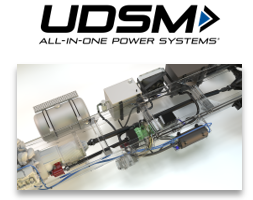 How much space is available on your vehicle to mount the compressor?
How much space is available on your vehicle to mount the compressor?
- Is there space in, or on top of, the body of the truck?
- Does the body need to be reinforced or require a special design?
- Is there space for free air flow around the air compressor unit for air intake and cooling?
- Is there access to the unit for servicing and maintenance?
- Where will the air tank mount, if needed?
- Will material load cause damage to the compressor or its components? Is a protective gate or shield needed?
- What is the maximum allowable weight?
- The weight of the compressor sometimes adds to an overall problem with the truck being overweight, or perhaps not enough payload, or both, depending on material load. For instance, sometimes crews need 185 CFM to run two jackhammers. However, a cross mount/utility mount compressor weighing over 2,300 lbs. may jeopardize the vehicle weight allowance. In this case, a Vanair® UDSM PTO Underdeck System can perform at just 480 lbs., while saving over 4 feet of wheelbase excess, and 32 square feet of cargo space. Thus, it can help shorten the truck’s overall length and save up to 1,800 lbs. of weight.
- What environment or climate will the air compressor commonly face? Will the compressor be in extreme heat or cold, high levels of dirt/dust or humidity, or high elevation?
- These factors can each impact the overall performance and/or operation of the compressor, and may lead to increased maintenance requirements, increased downtime, etc.
- Are there any other forms of mobile power? Such as:
- AC electric power for lighting, drills, or fusion work.
- Hydraulic power to run hydraulic tools or cranes.
- Battery charging or boosting on the jobsite.
- Welding power and the type required (MIG, TIG, etc.).
For other forms of power, there are several options such as the Air N Arc® ALL-IN-ONE Power Systems®, Multiple PTO Driven Underdeck Systems, and PowerFlex™ Modular Systems that provide additional mobile power required on the job.
The best form of power to drive the compressor
The most ideal form of power (hydraulic, gas or diesel engine, vehicle PTO, or electric) depends on what’s best for your fleet. Some questions to consider:
- Are you trying to reduce vehicle emissions? If so, perhaps smaller engine-driven equipment (such as the Viper™ Rotary Screw Air Compressor or PRO 35 Reciprocating Air Compressor) can offer a better solution as they are more efficient.
- Is hydraulic-driven power used or required in your fleet?
- If you need “big” air power (such as 185 CFM or more), would PTO power make sense? This can be a great alternative to hydraulics, because it’s more efficient and can save weight and space.
- Are you trying to meet fuel and/or emission reduction goals, or reduce engine hours spent idling? If so, Vanair’s EPEQ® Electrified Power Equipment® line of electric driven compressors and electric mobile power, might offer the perfect solution for your fleet. Is the vehicle compatible with EPEQ® Idle Management Software, and/or auxiliary cab climate control? Both of these products are available from EPEQ®, and the Vanair® Sales Team can help with the right selections.
- Does the application require additional accessories to help manage the air for the tools? Such as a filter, lubricator, and regulator (FLR)? Is an aftercooler required (often used for fiberoptic-blowing and other applications)? An air dryer, hose reels, etc.?
Specifying an air compressor from start to finish
The time it takes to develop a sensible compressor specification will depend on many variables. Fleet size, single or multiple applications, different operating regions or climates, different user-preferences and different work practices all will come into play. It may be possible to write a proper specification in less than a month. For larger fleets, however, this process may take a few months, since the fleet manager may be dependent on many user group responses coming back from the field across many different regions, etc.
Major dos and don’ts for specifying an air compressor
- Do:
- Engage the operators of the equipment early on. Learn what processes, applications, and duty cycles they require.
- Plan for tomorrow. If your crew needs AC power to perform electro-pipe fusion and they routinely use a 5kW or 6kW generator now, in the future they may need to fuse a larger diameter pipe, requiring 7kW or 8kW. Therefore, it might be best to specify a 9.6kW Genair® Rotary Screw Air Compressor/Generator System, for example, to have adequate power for future needs.
- Don’t:
- Don’t always assume more is better. For instance, a mechanic’s truck may only require 30-40 CFM and is often short-cycled. An 85 CFM air compressor designed for longer duty cycles may not be the best option, due to moisture buildup and the potential for increased maintenance costs.
- Don’t only focus on your air compressor. View the big picture and all components of the entire vehicle’s design. Evaluate if you need other power sources. If you need AC electric power, welding functionalities, or battery boosting or charging, then a system like the Air N Arc® ALL-IN-ONE Power System® might be best. This can consolidate multiple machines on board down into a single machine, saving weight and space.
- Don’t assume that more air pressure is better. Although it is true that more pressure equates to more power, if tools rated for 90-100 PSI operate at 150 PSI, they will not perform better. They will auto-degrade, and will prematurely fail, leading to more frequent rebuilds and replacements. Increased PSI can also require more energy and horsepower, whilst creating more heat. It is best to choose an air compressor that fits the PSI requirements needed.
Common mistakes made when utility fleet managers specify truck-mounted air compressors
- Timing of the Specification Development:
- The air compressor is too often an afterthought and not prioritized with other product specifications, like the chassis, body, crane, etc. However, when a chassis is ordered without the correct options, or the space allocated to mount the compressor and its equipment isn’t designed, conflicts arise. The best way to avoid conflicts is to handle compressor specifications upon development of the chassis and body specifications. If the chassis or body needs an integrated air compressor, such as a UDSM PTO Driven Underdeck System, this can especially be the case.
- Allowable Space:
- Oftentimes, assessors do not account for enough space for cooling or air intake around the air compressor.
- Servicing:
- Commonly, easy access is not set up for service and maintenance.
- Ambient Temperatures:
- Always consider regional climate. Address adequate compressor cooling for warm climates such as in Phoenix, AZ. Conversely, colder climates should consider the risk of freeze-up complications that prevent operation. Consider cold weather packages, such as the Vanair® ThermalGuard®.
- Operational Training:
- Crews often train proper operation of larger pieces of equipment on a vehicle, such as a crane. But crews can overlook proper air compressor start-up, operation, and shut-down. Vanair® has a library of operation and service videos to assist with this, as well as VANLINKD® QR codes supplied on Vanair® machines to provide instant operational and service information via smartphone access.


